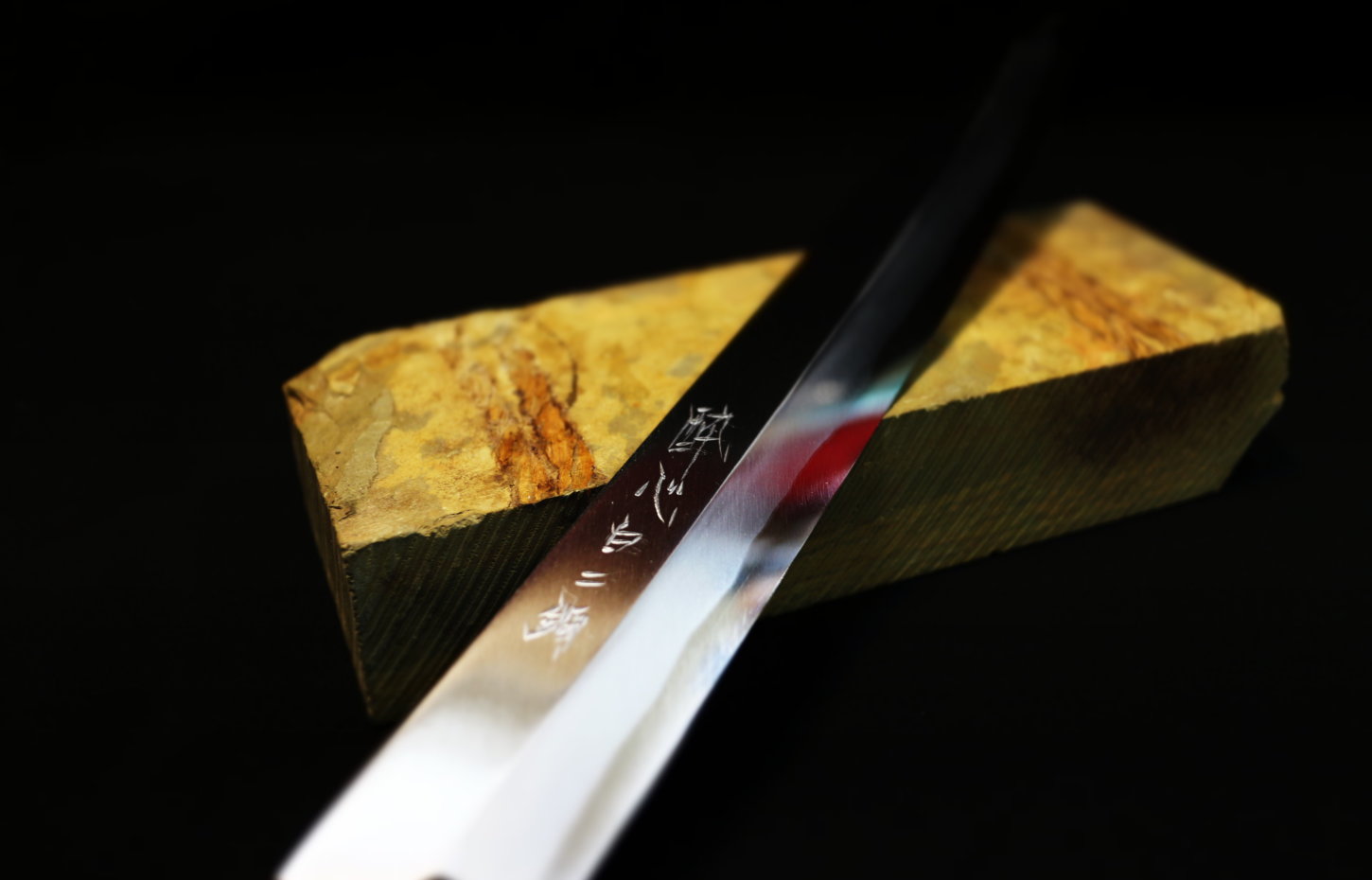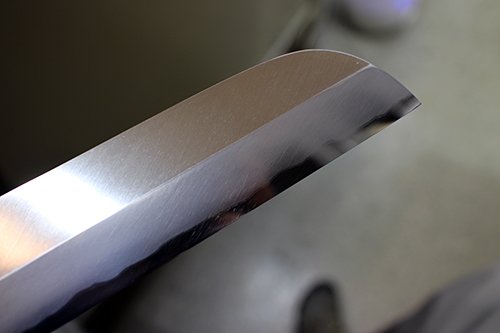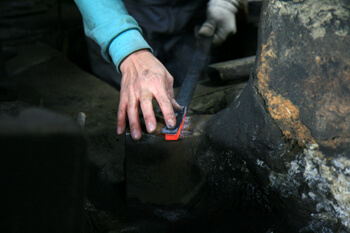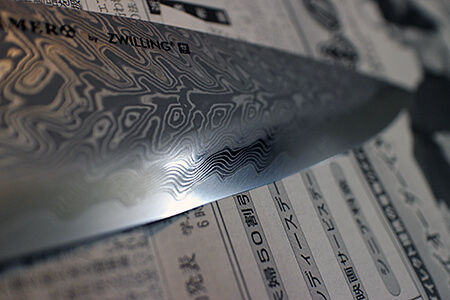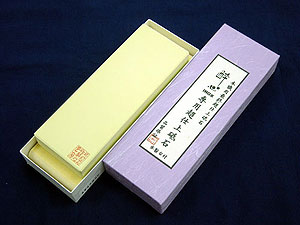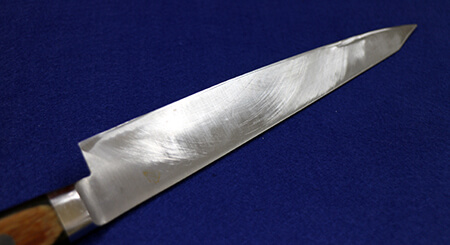Take Convex Edge (Kaeri)
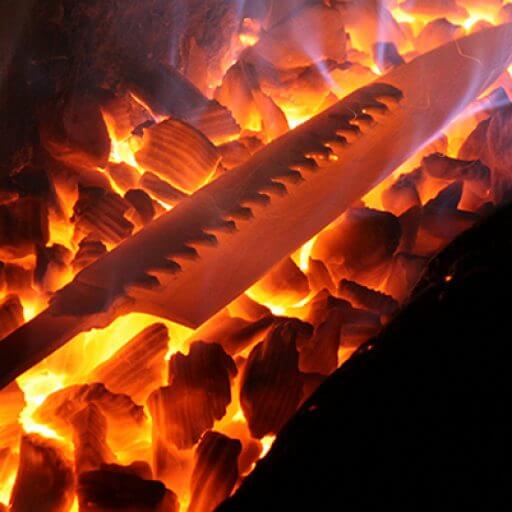
What does it take to bring a knife to its ultimate cutting prowess? To me, it’s all about achieving the ‘Take Convex Edge.’ Of course, thinning the edge to enhance its slicing ability is crucial. However, simply thinning it out can be achieved with time and effort. What I’ve come to appreciate even more is the post-thinning edge refinement. Steels with a resilient nature, like blue steel or stainless, can be quite challenging to coax into a true Convex Edge. Yet, mastering this aspect can lead to a cutting performance that’s truly exceptional and unlike anything before.
Whether it’s the slight rocking motion during the final uraoshi process or the melamine-style sharpening, these steps are all about tackling the Convex Edge. But when it comes down to wanting that satisfying ‘crisp’ Convex Edge achieved with whetstones, what’s the secret? One of the answers lies in the very end of the process, where giving the stone a final truing pass can eliminate any clogging. It’s that finishing touch that can make all the difference in achieving the perfect Take Convex Edge.
When you finish sharpening, how do you usually go about it? Do you just continue from where you left off in your sharpening process? Often, the surface of the sharpening stone isn’t as pristine as it originally was due to the accumulation of metal particles and debris from the knives you’ve been sharpening. In a way, it’s like there’s a thin film covering the stone’s surface, almost like a coating of iron residue that masks the true abrasive grains of the stone.
Taking a moment to thoroughly clean the stone’s surface before your final sharpening can make a significant difference. This step is particularly effective when dealing with the Itohiki technique, where you’re aiming for that sought-after convex edge. In fact, it’s even recommended to true the stone’s surface before applying the Itohiki technique on the blade’s edge. As you sharpen, the stone’s surface inevitably darkens due to the metal particles generated during sharpening, so giving it another truing pass before thinning is wise.
While this approach is beneficial for achieving a smooth and even edge, it might alter the stone’s surface and potentially affect the effectiveness of honing. So, an alternative method is to remove the black residue from the stone’s surface using products like “Sabitour” or a Nakura stone before sharpening. The key here is to avoid excessive back-and-forth motion during sharpening to prevent the black residue from reappearing. However, it’s worth noting that truing the stone’s surface or using products like “Sabitour” can change the characteristics of the stone, potentially affecting the appearance of the sharpening marks.
The Itohiki technique primarily focuses on the edge itself, so its impact on the overall sharpening process is relatively minimal. Keep in mind that not all knives are suited for this approach, so it’s worth trying it out on your own knives when you have the time. Experimenting and discovering what works best for each blade can be quite the enlightening journey!
hibishugyo
2014-10-31
